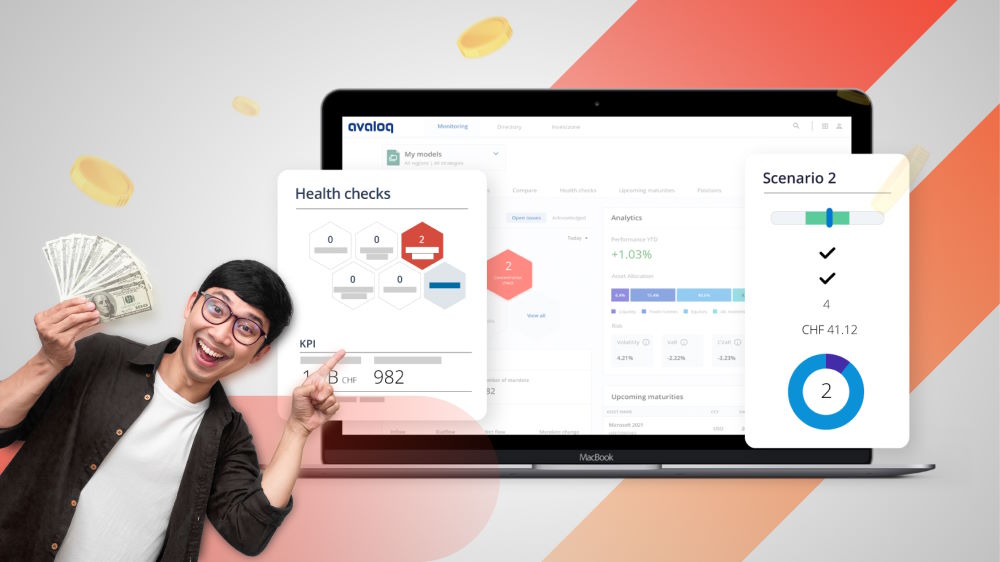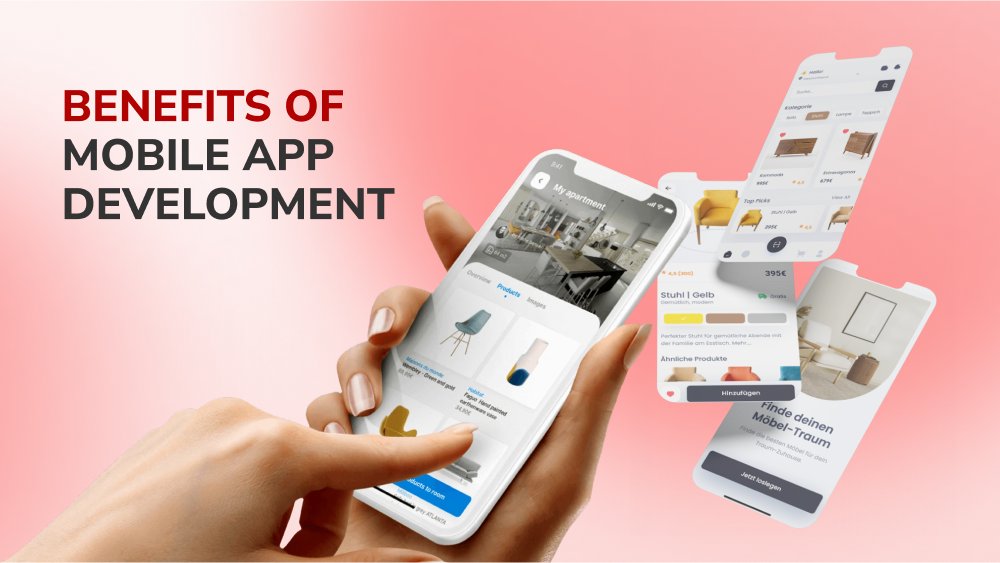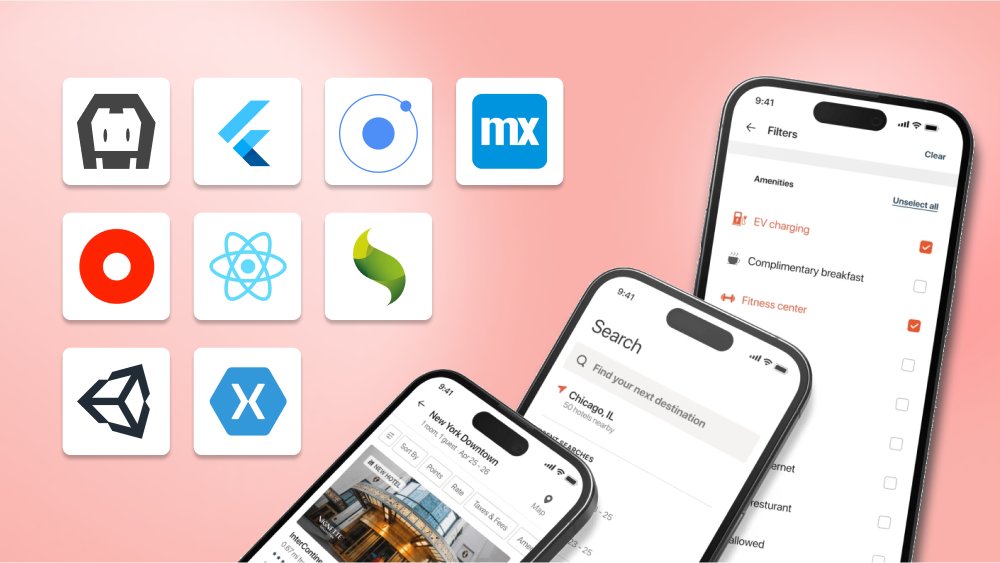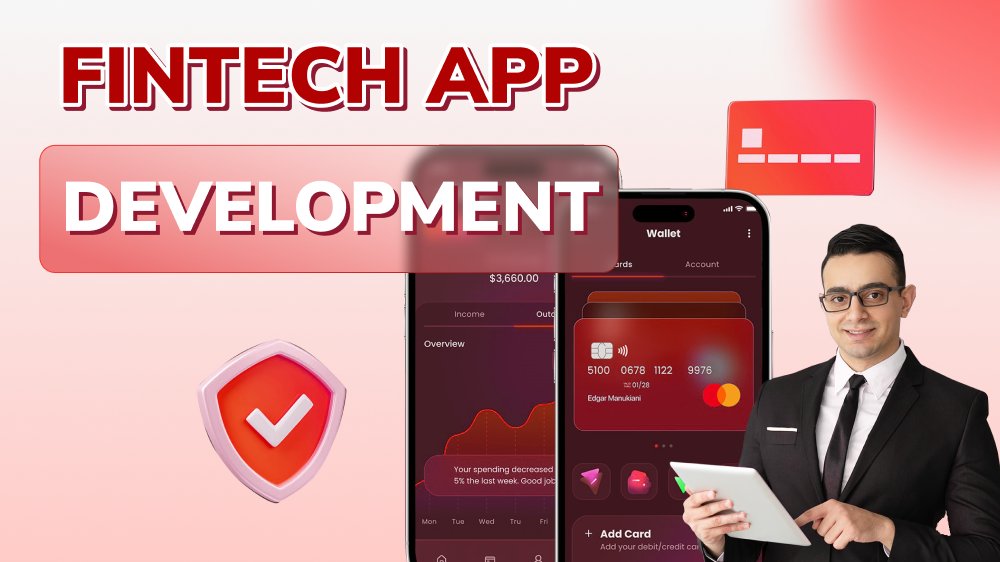How to Create an Educational App Which Both Functional and Profitable in 5 Steps

Content Map
More chaptersEducation has always been an important aspect of human life. It’s not just about obtaining a degree or relevant qualifications; instead, learning is an endless road that motivates us to push beyond our boundaries and continuously refine ourselves.
In today’s world, education is no longer limited to a specific format due to advancements in technology. The emergence of mobile app development has resulted in the introduction of new learning methodologies - e-learning apps. Everyone can now pursue their studies anytime and anywhere using only an Internet-connected device without the barrier of location and resources.
The growing popularity of educational app development also creates favorable conditions for businesses, regardless of size get a hand in the process of creating educational apps which are both useful for customers and profitable.
However, with various options available in this fiercely competitive online learning app market, how to create an educational app that is successful like Duolingo, then? If you are looking to jump into the education niche, don’t miss this informative article.
Why Should Business Invest in Education App Development?
The e-learning market has made significant progress in today’s modern context, and this is not by chance. Creating educational apps has become a competitive advantage for businesses, but the benefits of these mobile applications go beyond what people may initially realize.
Tapping into the Growing Demand
The education industry is rapidly expanding to a state that one can hardly imagine. It is projected by many experts that the future global education apps market will grow by USD 124,782.56 million from 2022 to 2027.
This impressive number proves how great the demand for learning materials provided by educational apps is. As more educational institutions and individuals embrace digital learning apps, this demand increases over time. Naturally, supply needs to correspond with demand. Keeping up with the trend helps businesses take advantage of this rich resource and broaden the target audience segmentation.
Enhancing Learning Experience
The Covid-19 outbreak has brought forth numerous opportunities for individuals to alter their approach toward education. Instead of traditional learning methods, learners today give priority to mobile apps that meet the factors of convenience, attraction, and effectiveness.
With the help of educational app development, at-home learners of all ages can now receive the same educational lessons as classroom ones. Absent students with one specific education app, Google Classroom, for example, still can reach required lectures without attendance. Interactive educational games on some popular educational apps may pique user interest in a certain subject.
The combination of these factors is the clearest evidence of how such mobile apps can enhance the learning process and improve student outcomes, leading to better learning experiences.
Expanding Partnership Opportunities
Did you know that educational mobile apps were the second most popular category in the Google Play Store, accounting for 10.47% of all available apps worldwide in the second quarter of 2022? Apart from individuals seeking to enhance their knowledge, teachers from educational institutions and online course platforms are considered significant entities that provide a substantial and consistent customer base for the educational software development team.
While schools provide students with completely new remote learning experiences and improve teaching quality when using educational apps, business owners tap into this user base and gather data on the app’s effectiveness. Moreover, being trusted and partnered with many stakeholders can attract unexpected sponsorships and funding from organizations interested in supporting education initiatives. Whoever the partners are, these kinds of collaborations all result in win-win relationships, which boost overall efficiency for both parties.
How to Create an Educational App to Win Users?

With all the good reasons above, surely you are ready to take your first step in developing learning apps. The education app development process is similar to any other software product type, a banking app, for instance. However, turning education app ideas into reality is a challenging task, especially when aiming to achieve the level of success seen by one of the most popular language learning apps Duolingo. Be patient and follow this step-by-step guide below.
Step 1: Conduct Market Research
Let’s begin your journey by doing market research. You cannot begin product development without thoroughly understanding the market you are about to involve in. Market research is not entirely limited to customer research. While understanding customer preferences, needs, and behaviors is undeniably an important aspect of this process, other components are also involved, including industry analysis and competitor research.
Industry research
Expand your research from a small scale to a larger one. First, you need to get an overview of the e-learning industry by examining the market size, growth rate, industry trends, and regulatory factors. Nobody wants to enter a market that is unlikely to grow and generate ROI software. That’s why sectors with large market shares, even with intense competition, remain attractive for venture capitalists. Doing market research and consulting relevant documents from diverse sources are recommended to gain a clearer picture of the market you are about to enter.
Customer Research
Second, gather necessary data about the app users, including their demographics, behaviors, preferences, and purchasing patterns. Consumer behaviors and trends change over time. And the ultimate goal of any education app is still the satisfaction of these valuable sources. By combining manual methods and modern technology like IoT and big data, businesses can create their own educational app that caters to the specific needs of their customer segments. This diligent analysis makes the process easier and more effective.
Competitor Research
Finally, competitor analysis is indispensable. This entails thoroughly examining both direct and indirect competitors to gain insight into their weaknesses, strengths, strategies, and market positioning. These data enable you to identify gaps or areas where existing educational apps may fall short, thereby helping you to develop educational apps with unique features and benefits.
Step 2: Generating A Unique App Idea
Now that you’ve gathered market information, it’s time to make a decision. There are two options at this state: invest in an unmet niche or invest in a popular niche of an educational app.
Unmet Niche
By targeting an underserved segment of the market, you have the opportunity to position yourself as a specialized solution provider. This differentiates your own app idea from competitors and creates a less competitive edge condition. Since your educational content is one of a kind, users within the niche are willing to use your product for an extended period of time. If the target audience behavior stays in this consistent state, the business is considered successful in user engagement and, potentially, brand loyalty. At the beginning stages of being a pioneer, there may not be enough available resources for you to learn and consult from, which increases risk level.
Popular Niche
Investing in a popular niche may not attract a dedicated user base, but it does offer access to a larger customer base and a more significant market than most. Your learning app obviously translates into greater profit if the product resonates greatly in the education industry. As a popular niche, there are many market leaders and successful business models that can help you gain practical experience. However, intense competition is inevitable from established players, making it more challenging for your business to stand out and gain market share.
No matter what niche you target, make sure your business idea is viable after considering the business potential.
Step 3: Listing Out Must-have Features and Premium Features
Depending on the needs and product strategy, each business offers different features for its educational apps. These features can be divided into two main groups: must-have features and premium features.
Must-have features refer to functionality or capability that is considered essential or necessary for the app to effectively serve its purpose and provide value to users. Essential features to watch out for in educational mobile app development:
- User registration
- Course organization
- Content delivery
- Progress tracking
- Assessment and feedback
- Discussion forums
- Notifications
- Offline access
Meanwhile, premium features are paid features that go beyond the basic requirements and provide advanced features. These features are often viewed as premium or paid options, providing extra value and benefits to users willing to invest in them. Paid features to include in educational mobile app development:
- Live classes or webinars
- Augmented reality (AR) or virtual reality (VR) integration
- Expert one-on-one mentoring
- Multilingual support
- Artificial intelligence (AI) implementation
- Chatbots
- Screen recording
- Analytics and performance insights
Although the task may seem straightforward, creating an effective educational app requires careful consideration of various factors such as business requirements, user specifications, and system limitations. Choosing the right features for your app is crucial as they directly impact your business’s effectiveness.
Besides generating a feature list based on market survey data, it’s also a good idea to check out your competitors’ apps or websites to see what unique and compelling features they are offering.
Step 4: Assembling a Compatible Development Team
It is recommended to select your development team based on the nature of your product, including time, financial constraints, and types of education apps. Each business has its own needs for IT personnel. To ensure the quality of products that meet the correct technical requirements, businesses need to look for software developers who are both experienced and suitable for the organization.
Particularly, they must be those who have proven track records in the field of educational app development. The educational principles and best practices gained from previous projects help experienced educational app developers design an understanding that aligns with effective teaching methodologies and supports the learning objectives of your app.
In addition, the education app development process often requires a combination of front-end and back-end development skills. Businesses can hire full-stack developers in this situation since they are individuals who are proficient in programming languages like JavaScript, React Native, etc., and knowledgeable about database management systems, APIs, and cloud services, which are all necessary to create a successful educational app. Soft skills such as critical thinking skills and communication abilities also play an important role in forming a complete developer.
However, recruiting is an arduous process, especially for startups that do not have much experience and funding. To reach offshore developers at a reasonable price and simplify such a process, outsourcing your educational app development to a third party is a smart choice trusted by many large and small businesses.
Step 5: Starting Your Development Process
Once all the app developers are grouped, it’s time to get involved in the technical development stage. Similar to some other common software products, the development process of learning apps requires several essential steps to follow.
- Design the user interface (UI) and user experience (UX): This is the stage where the project leader needs to work closely with UI/UX designers to create wireframes, mockups, and prototypes that are user-friendly and effective in terms of engagement.
- Coding: Work together with developers to transform your design ideas into a functioning education app. They will be in charge of coding, API integration, and features implementation. Verify that the app is compatible with various devices and operating systems and can be conveniently located in the App Stores and Google Play Store.
- Implement content creation and management: The process of content creation includes creating lesson plans, quizzes, videos, or interactive resources. A content management system in this situation has the effect of making sure that all content materials are organized and accessible.
- Test and quality assurance: Conduct thorough testing to guarantee the app is operating correctly and without any bugs or errors. This should include functional, usability, and compatibility testing on various devices and platforms.
- Launch and distribution: Everything is ready. You were able to bring the product to market and implement the marketing strategy. In case you are still worried about the effectiveness of your education app, developing an MVP (Minimum Viable Product) is a good idea to collect customer feedback so that necessary adjustments can be made before the official launch.
E-learning App Development is the Future of Education
Due to a new level of user acceptance of technology, virtual education, and e-learning have emerged as popular trends that break down all educational barriers. Instead of in-class learning, educational app development helps change the traditional concept of learning by providing people with a free schedule, a personalized educational program, and the chance to pass lessons endlessly.
With a series of educational apps appearing exponentially in the market, bringing unimaginable returns to investors, more and more educational groups and would-be entrepreneurs are vying to join the ranks of adopting mobile learning with their curriculum.
However, only businesses that grasp the new market trend and always accept change can succeed in this fierce competition. This is a challenge but also an opportunity for many startups to try bold new ideas.
Get an edge over your competition by embarking on the educational app development process today. Orient Software as, an outsourcing software company with decades of experience, can help you optimize your product. Contact us for expert advice.







